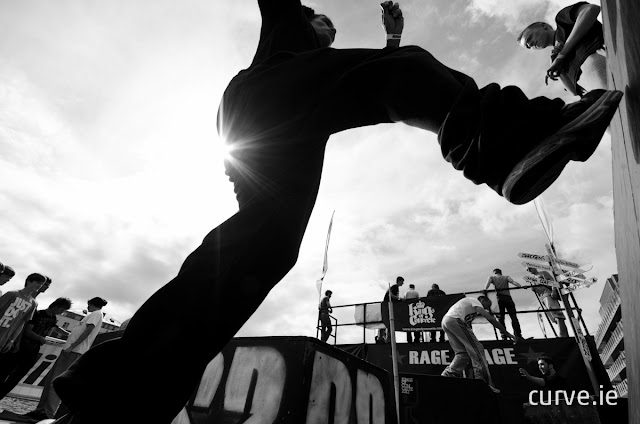At Curve Creative a lot of our passion for creativity was grounded on a love of photography. We wanted to nurture a creative studio where design and photography go hand in hand. As creative cousins, design and photography have so much in common and so many areas where crossover expertise is highly beneficial. Having a good knowledge of the rules of making a great photograph such as the rule of thirds, framing, lead in lines, etc. lend a lot to a designer when laying out a photo book or graphic design project. Even the ability for the designer to know a technically great photo and to know how to treat it properly when cropping so as to not damage the effect of the photo is a skill that is essential today where so much depends on decent images.

Vice versa, for a photographer to also be a designer brings with it great advantages. Not only can the photographer pre-visualise when shooting what is going to be required of a photo later at the design stage in terms of composition, leaving space around the edge of the subject, even leaving dead space for copy or shooting multiples of the same scene from different vantage points to give choice at the design stage but the photographer then also has the experience of the shoot and of being there at the time to know the photos that really matter when it comes to using them in the design.
As industrial designers we are also very aware of the relationship between products and photography. Obviously we want our products and designs to look as good as possible online and in print so for this we need great photos of them. Often it is very important to show a product in an environment or in use to communicate it's meaning or target market. This is where a strong photo can mean the difference between gaining interest or a product going unnoticed.

Industrial designers also benefit from a knowledge of photography when it comes to product or concept visualisation. Using 3D CAD models and rendering software designers can create photorealistic digital images of their designs. Through this the designer has access to a virtual photography studio where lighting can be controlled, environments can be selected and altered, and controls which simulate adjusting values on the virtual camera to capture the scene can be set. Essentially it is the same as using a camera, focal length can be set, aperture, exposure and position of camera can be adjusted to achieve a perfect exposure and composition. This is where a hands on knowledge of photography can help the designer to create great images on the computer.
Following our belief that a strong relationship between the arts can enhance and benefit each art individually we are introducing Curvephoto.
www.curvephoto.com
This is now the photography department of Curve Creative. We have always taken our own photos in house for projects and we have also worked as professional photographers individually beforehand. Now we are bring this all together into Curvephoto to offer our professional photography service to you, along side our design services. We have developed our new site where you can look at examples from our portfolio of photographic areas that we like to cover.
We would love if you have a look and also think about how photography affects your field too. We believe great photography can have a benefit for most businesses not just creative ones.










































